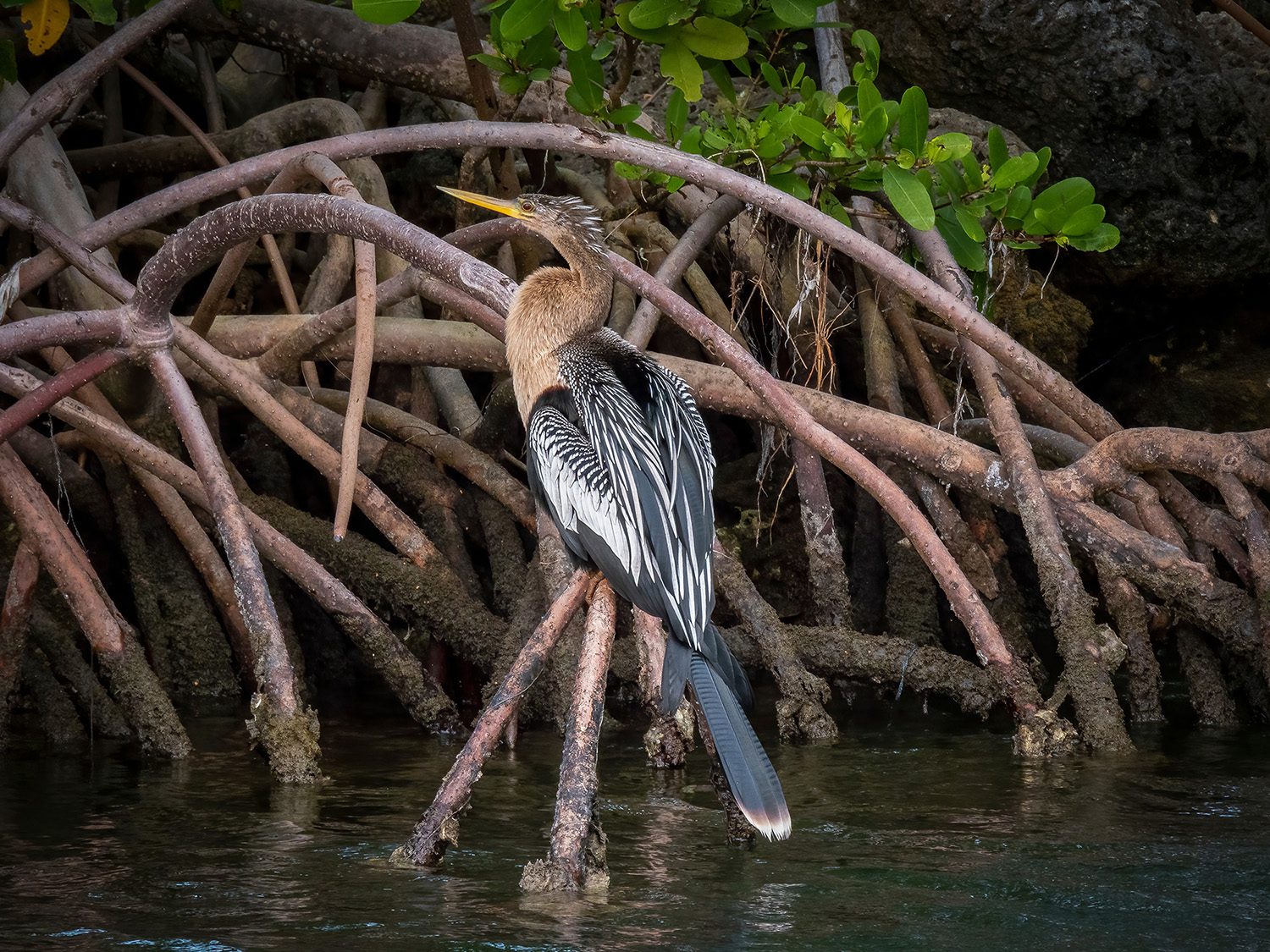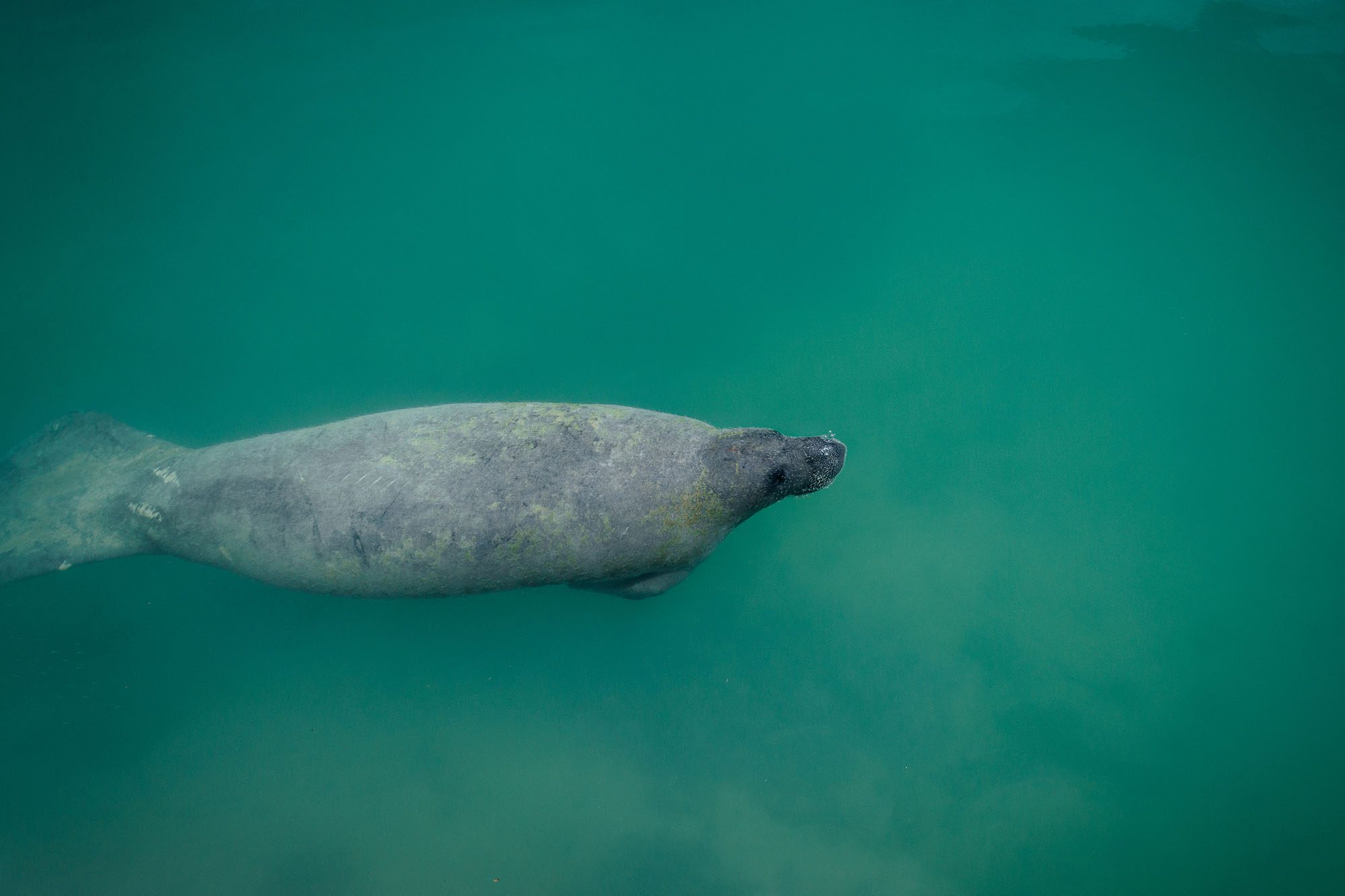Park Information Quick Facts
Location: Florida
Park Size: 172, 971 Acres
Time Needed: 2-3 days
Best Season: November-April
Must Do: Snorkeling
Pro Tips: A pro tip when visiting Biscayne National Park is to plan your trip early in the day, especially if you’re interested in snorkeling or boating.
Visitor Centers
Biscayne National Park, located in southern Florida, offers two visitor centers that serve as gateways to its breathtaking marine environments and rich history. The Dante Fascell Visitor Center, near the park’s mainland entrance in Homestead, provides a wealth of educational resources and interactive exhibits. Visitors can learn about the park’s unique ecosystems, from mangroves and coral reefs to seagrass beds, through engaging displays and films. The center also features an art gallery showcasing works inspired by the park’s natural beauty. Outside, a scenic boardwalk offers stunning views of Biscayne Bay, and guided tours or rentals for kayaking and snorkeling provide opportunities to experience the park’s underwater wonders up close.
Plan Your Biscayne Adventure Today!
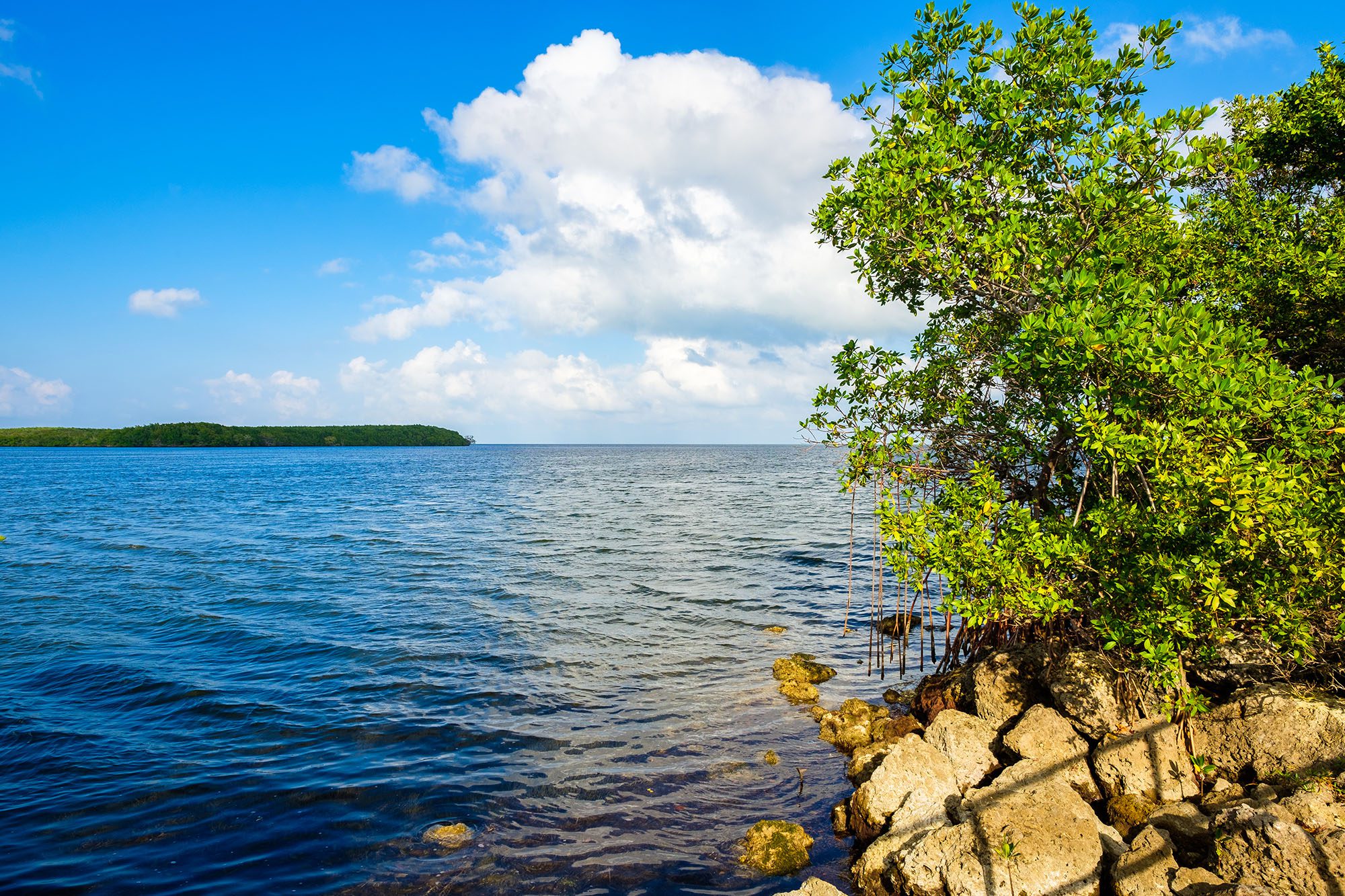
Getting There
How to Travel to Biscayne National Park
Traveling to Biscayne National Park starts with reaching the Dante Fascell Visitor Center, located at the park’s mainland entrance in Homestead, Florida. Visitors arriving by car can take the scenic drive along U.S. Highway 1, which connects the Miami metropolitan area to the Florida Keys. The visitor center offers free parking and serves as the hub for planning your park adventure, providing maps, permits, and information on guided tours. If you’re flying in, Miami International Airport is the closest major airport, situated about an hour’s drive away, making the park an easy day trip or weekend getaway for travelers.
Since most of Biscayne National Park is only accessible by water, you’ll need a boat to explore its islands and marine habitats. Visitors can book private charters, guided boat tours, or use their own watercraft to navigate the park. Popular destinations like Boca Chita Key and Elliott Key feature docks, picnic areas, and opportunities for snorkeling or hiking. Boat rentals and guided trips are available through local operators in the Homestead and Miami areas, offering a range of experiences, from serene eco-tours to snorkeling expeditions on the park’s famous coral reefs. For those without boating experience, ranger-led tours are an excellent way to explore the park safely and learn about its unique environment.
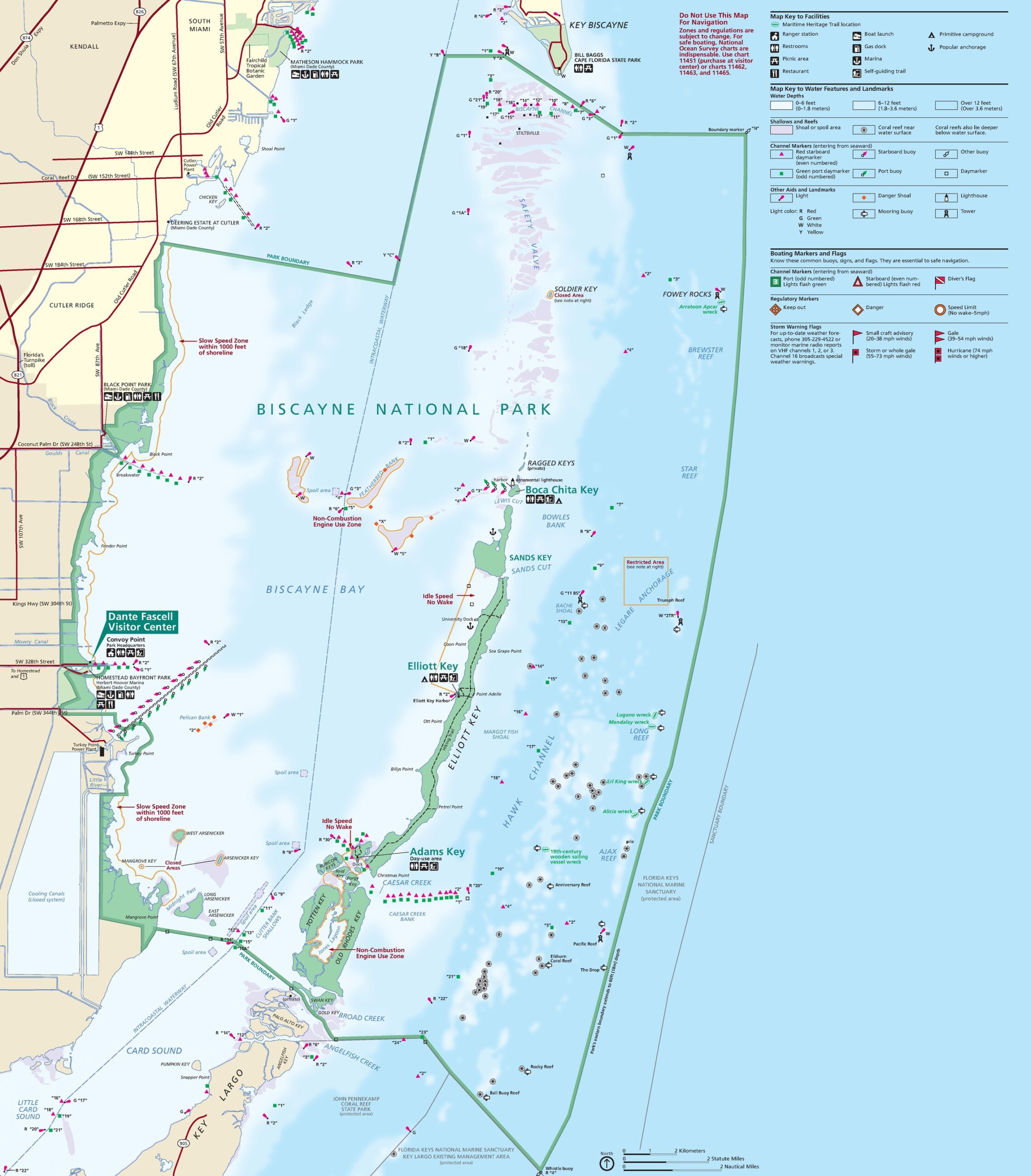
Camping
Elliott Key Campground
- Description: The largest island in the park, Elliott Key provides a more developed camping experience.
- Facilities: Includes restrooms with cold showers, picnic tables, barbecue grills, and access to hiking trails.
- Activities: Perfect for hiking, as the island has a 7-mile trail through hardwood hammocks, as well as opportunities for snorkeling, swimming, and fishing.
- Capacity: Can accommodate tents of various sizes; camping is on a first-come, first-served basis.
- Other Notes: Campers must bring their own drinking water and supplies, as none are provided.
Boca Chita Key Campground
- Description: Known for its iconic lighthouse and stunning views, Boca Chita Key is ideal for a rustic and scenic camping experience.
- Facilities: Offers picnic tables, grills, and restrooms, though there is no running water.
- Activities: Great for relaxing by the bay, picnicking, and enjoying panoramic views from the lighthouse (though the lighthouse itself may not always be open).
- Capacity: Campsites are available on a first-come, first-served basis and can fill up during peak seasons.
- Other Notes: Boca Chita has more boat traffic and a lively atmosphere, making it popular with boaters.
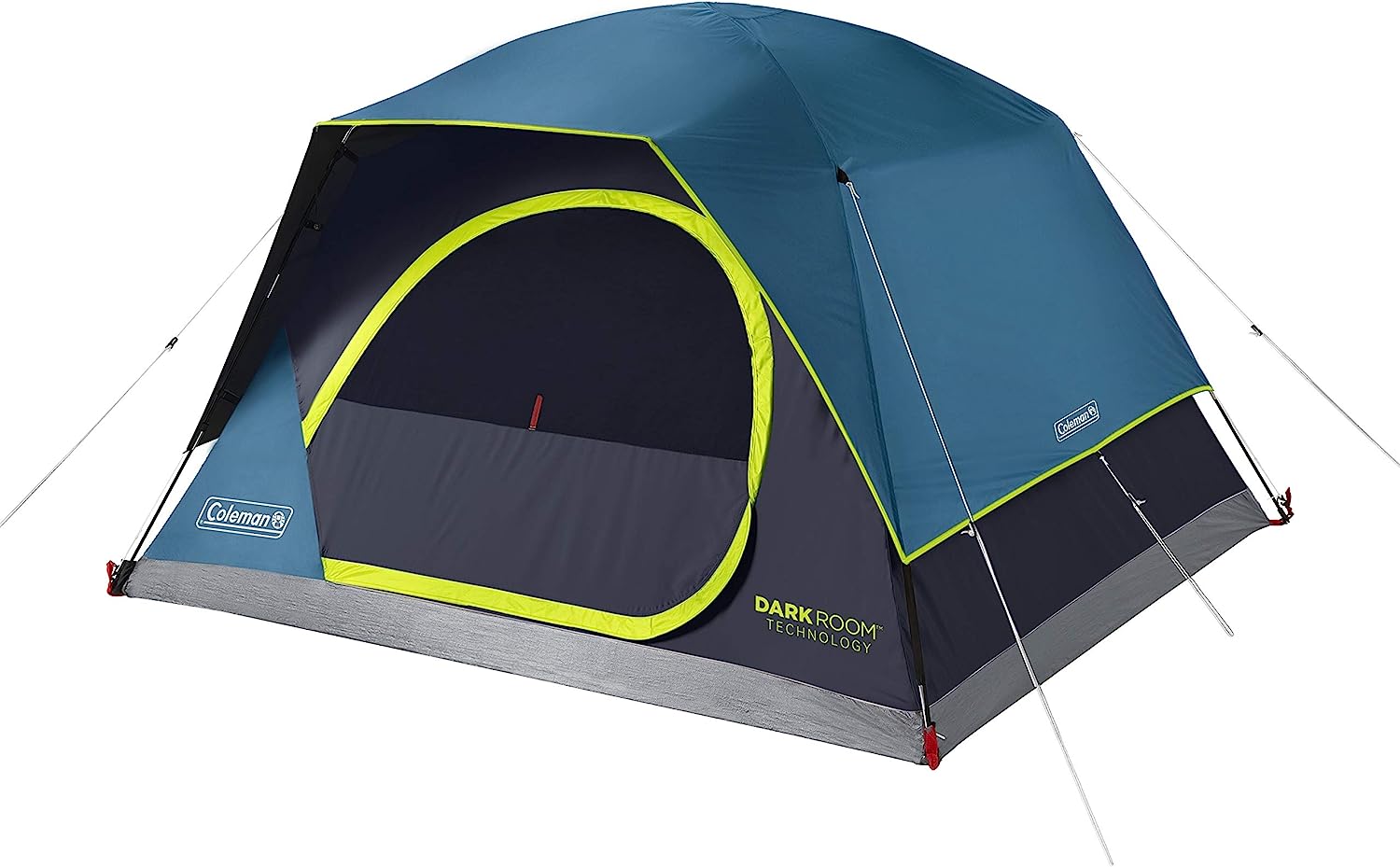
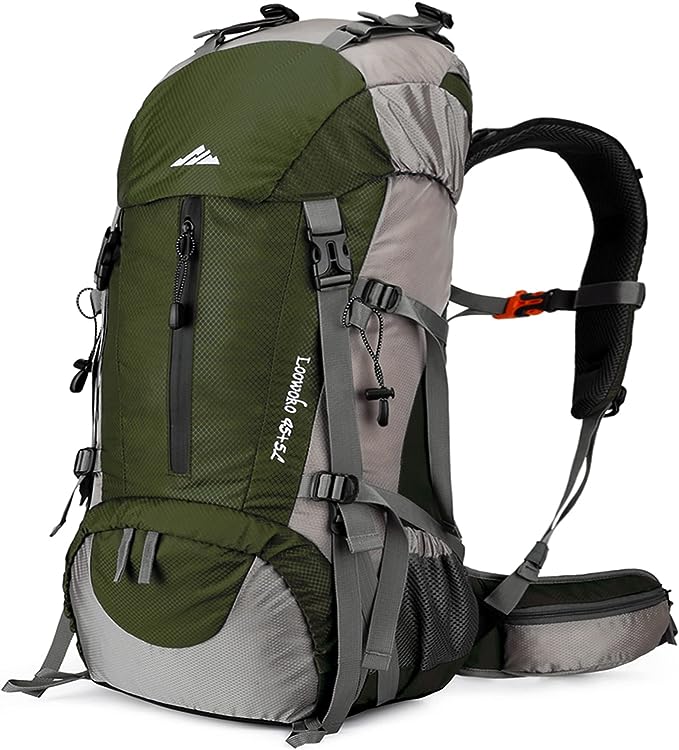
Popular Hiking Trails
Spite Highway (Elliott Key)
- Location: Elliott Key, the park’s largest island.
- Length: Approximately 7 miles (one way).
- Description: This long trail traverses the entire length of Elliott Key, passing through tropical hardwood hammocks and open coastal areas.
- Difficulty: Moderate; mostly flat but can be challenging due to heat and limited shade.
Boca Chita Key Trail
- Location: Boca Chita Key, accessible by boat.
- Length: Short loop trail (approximately 0.25 miles).
- Description: A brief walking path that winds around the island, offering views of the iconic lighthouse and surrounding waters.
- Difficulty: Easy; great for casual exploration.
Jetty Trail (Dante Fascell Visitor Center)
- Location: Near the mainland entrance of the park in Homestead.
- Length: Approximately 0.5 miles (round trip).
- Description: A short, scenic trail along the jetty that offers views of Biscayne Bay and opportunities to observe wading birds, fish, and marine life.
- Difficulty: Easy; suitable for families and accessible for most visitors.
Adams Key Trails
- Location: Adams Key, a small island accessible by boat.
- Length: Short walking trails (less than 0.5 miles).
- Description: These trails provide a quiet stroll through the island’s native vegetation, offering a tranquil escape from the bustling waterways.
- Difficulty: Easy; perfect for a leisurely exploration.
Hiking Trails in Biscayne National Park
Gear We Used

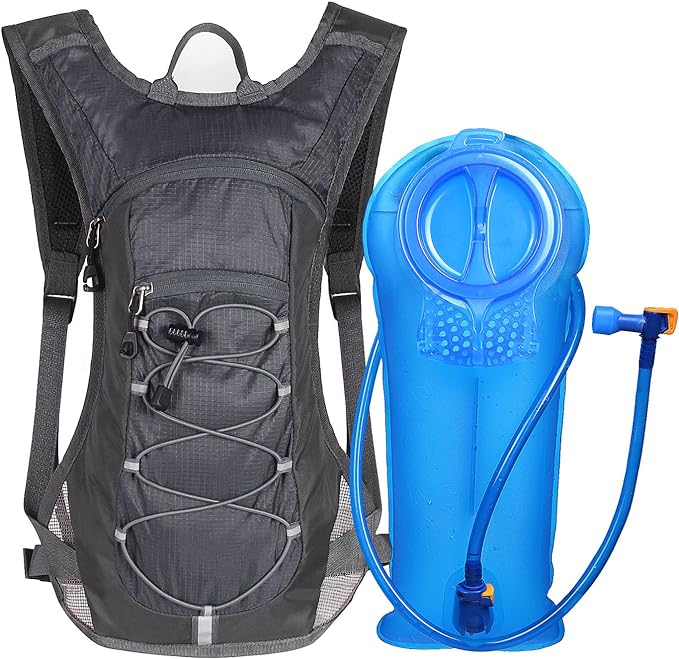
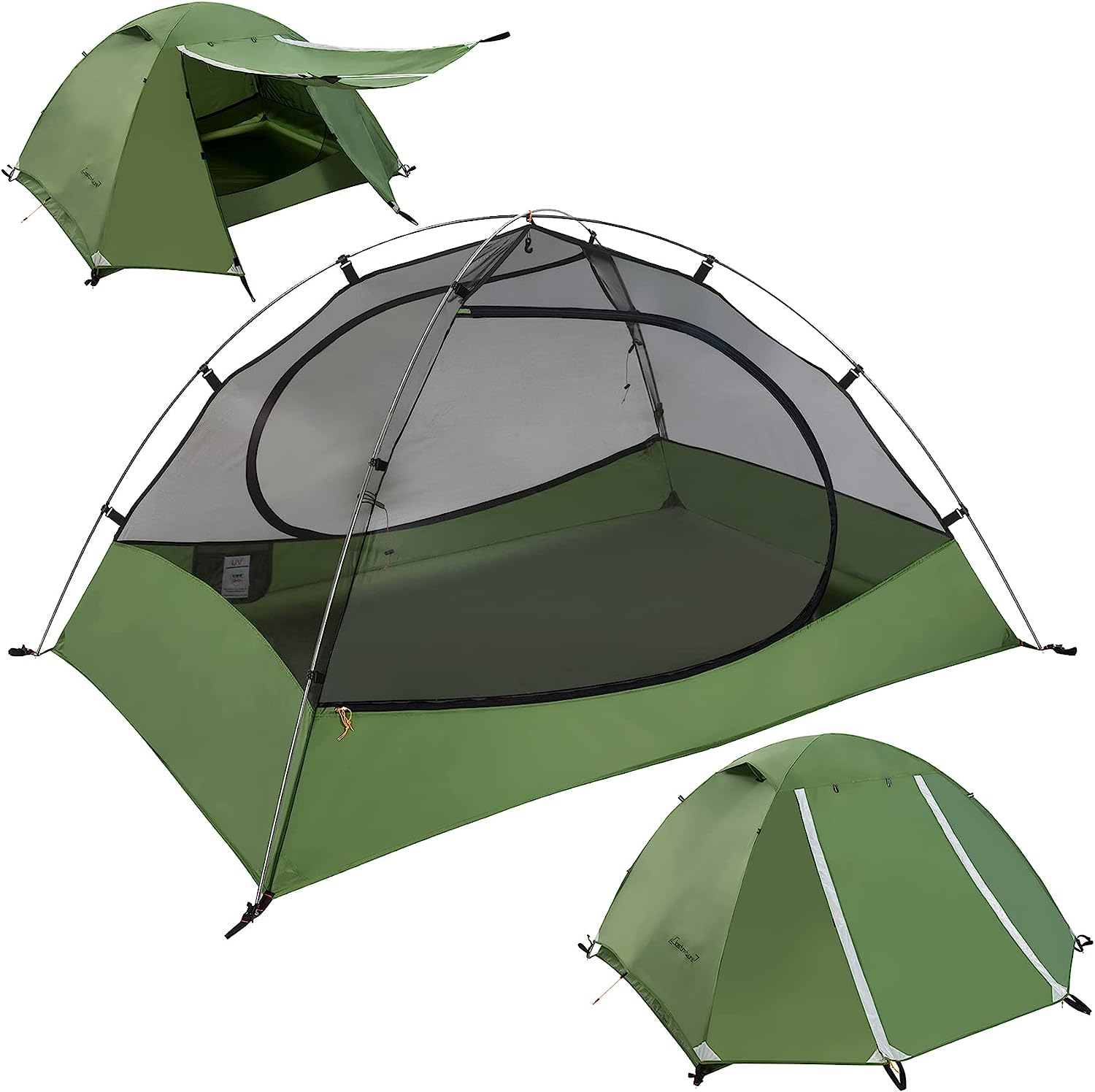
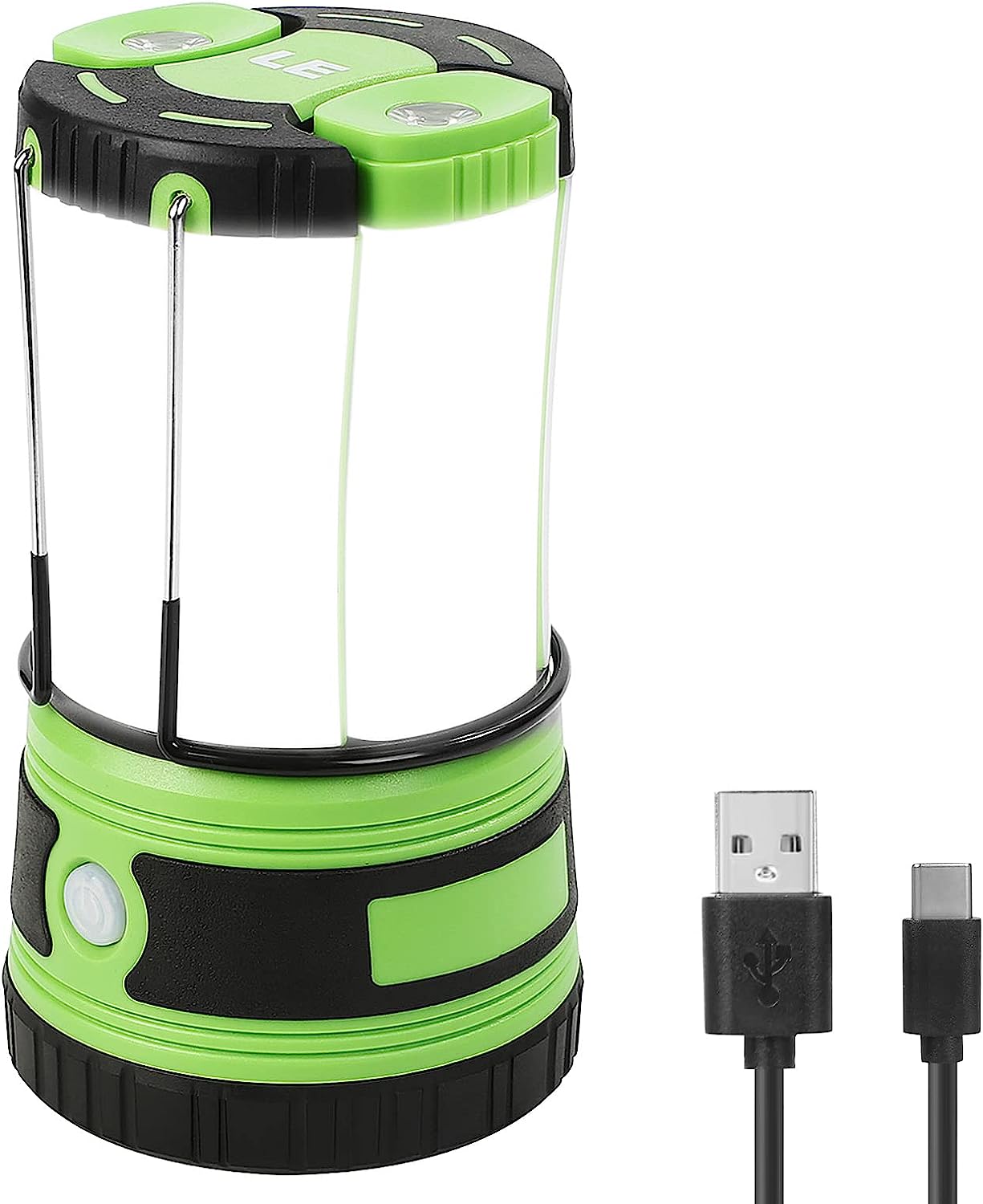
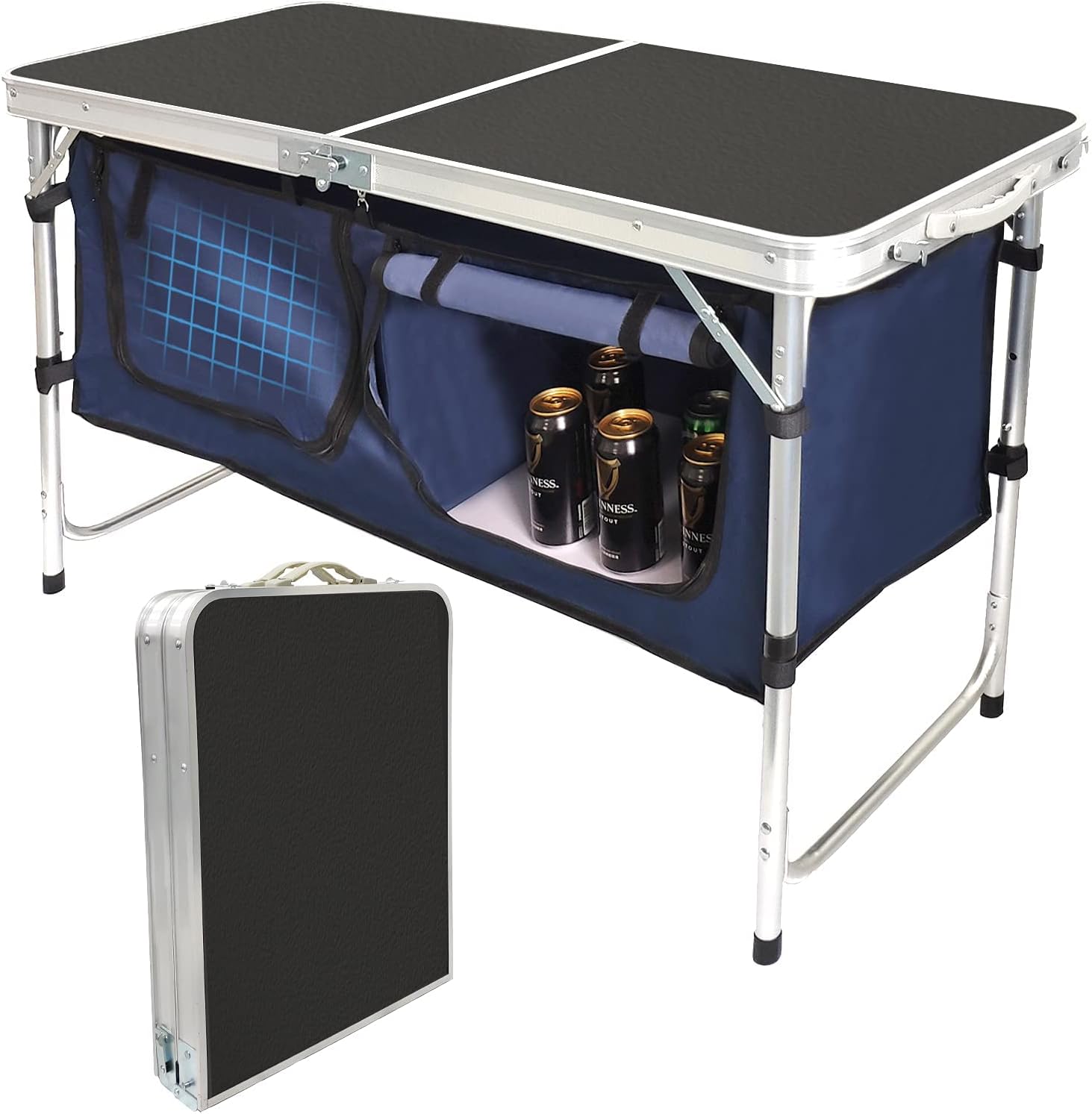
Must-Do Activities
Snorkeling or Scuba Diving the Coral Reefs
Biscayne National Park is home to some of the most vibrant coral reefs in Florida, making snorkeling or scuba diving a must. These underwater ecosystems are teeming with life, from colorful coral formations to fish species like angelfish, parrotfish, and even sea turtles. Guided snorkeling and diving tours depart from the mainland or nearby marinas, providing equipment and expert knowledge about the reef’s delicate ecology. Popular spots include the Maritime Heritage Trail, where you can explore historic shipwrecks alongside marine life, offering a unique blend of natural beauty and cultural history.
Exploring the Islands by Boat
Since the park is 95% water, a boat trip is essential to fully experience Biscayne National Park. Charter a guided tour or rent a kayak to navigate the turquoise waters and visit islands like Boca Chita Key or Elliott Key. Boca Chita Key is famous for its historic lighthouse and stunning views of Biscayne Bay, while Elliott Key offers opportunities for hiking and camping in a lush, tropical setting. A boat excursion also allows visitors to enjoy wildlife sightings, including dolphins, manatees, and an array of seabirds.
Visiting the Dante Fascell Visitor Center
Biscayne National Park History
The history of Biscayne National Park is deeply tied to its rich natural resources and its significance as a maritime hub for centuries. Long before the park was established, the area was home to the Tequesta people, who relied on its abundant marine resources for sustenance. Archaeological evidence, including shell middens and tools, reveals their presence in the region over 2,000 years ago. The park’s islands and waterways were also used as navigational landmarks by early European explorers and settlers. Spanish treasure fleets passed through Biscayne Bay during the 16th and 17th centuries, leaving behind a legacy of shipwrecks that today form part of the park’s Maritime Heritage Trail.
In the 19th and early 20th centuries, the area became a hub for trade, agriculture, and tourism. Farmers on islands like Elliott Key grew key limes and pineapples, which were shipped to mainland markets. During Prohibition, the bay’s remote islands served as hideouts for rumrunners smuggling alcohol from the Caribbean. The region also played a role in maritime safety, with lighthouses like the one on Fowey Rocks guiding ships through its shallow, coral-filled waters. As Miami grew, the area became a popular destination for recreational fishing and boating, drawing visitors who marveled at its crystal-clear waters and thriving marine ecosystems.






